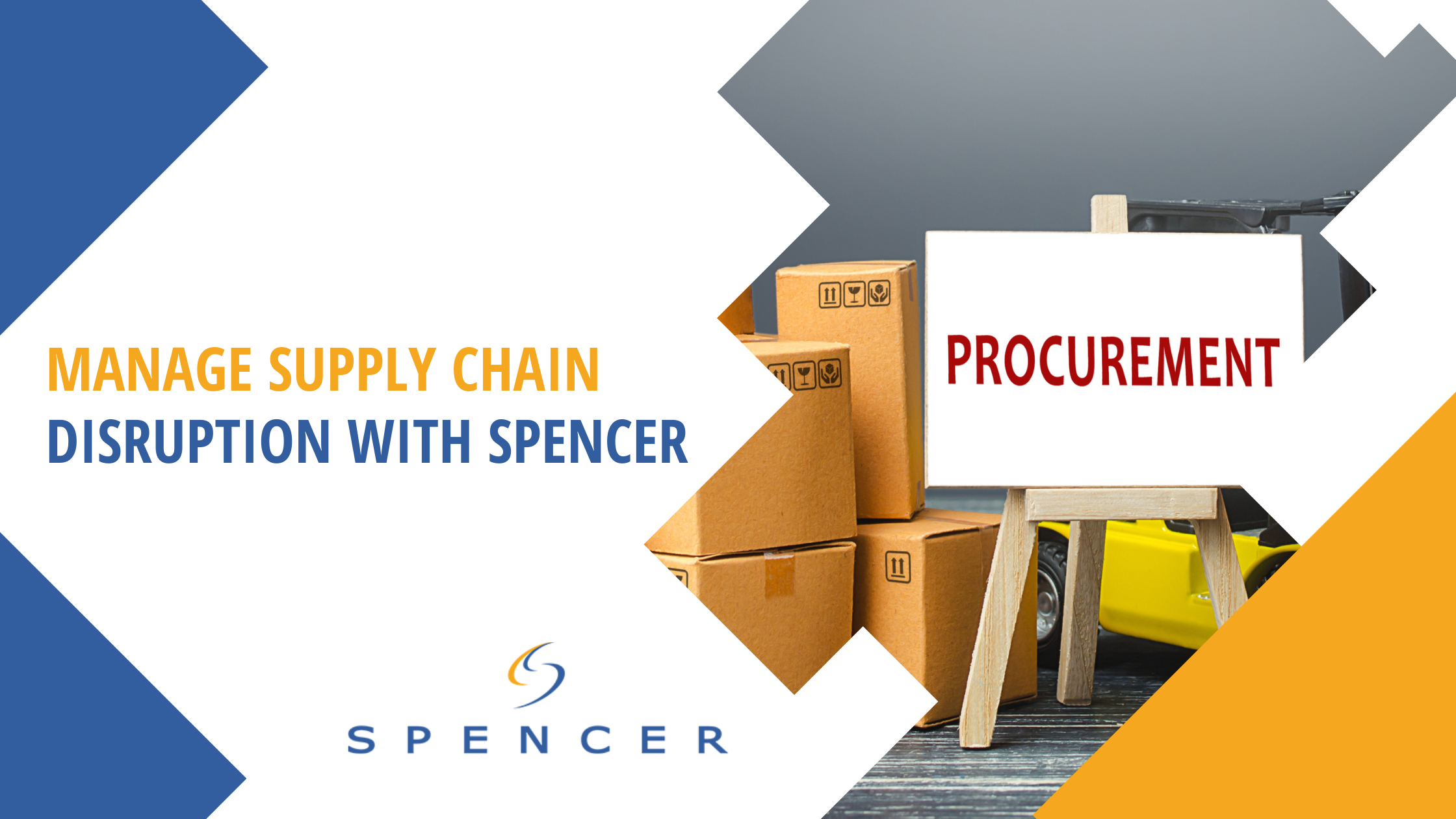“Your product is on backorder. ETA is unknown.” We know and we are equally frustrated.
The past year and a half have been rocky with unforeseen business closures, interrupted upgrades, and postponed production schedules for raw material and OEM manufacturers alike. We weathered the early days of the pandemic together with toilet paper and PPE shortages. Today the shelves are stocked with essentials again, but for how long? What does this all mean for Spencer Technologies and for you?
Some of you may have heard about the ‘copper wars’ which have been creating fluctuations in the cost of copper and cabling throughout the end of 2020 and into 2021. Raw materials shortages were further compounded by the devastating winter storm Uri, that recently hit Texas. Palm oil and plastic extruders were shut down for extended periods, and rising plastic costs have led to a nearly 40% increase since the beginning of 2020. One large plastic exporter shared some startling numbers with Business Insider – 75% of polyethylene, 62% of polypropylene and 57% of PVC production were shuttered due to the freeze. Reopening the plants is indeed slow and difficult, but it is feasible and progress is being made.
4 Disruptive Forces Impacting Procurement
Transportation costs and SLA’s continue to be impacted by several factors. These elements combined are causing extensive delays in transportation and driving up costs for nearly every industry.
- Port congestion and container shortages have caused extensive backorders on B2B and consumer goods alike.
- Ships filled with goods are stuck in ports, impacted by dock worker shortages and an extensive backlog of ships to process.
- Finished goods are trapped at manufacturing hubs, with no containers or trucks to move the freight.
- The costs of paper and pulp have risen 12% on average, driving up the costs of boxes, skids, and other corrugated products including, of course, toilet paper.
The clamor for raw materials is now more urgent than ever, while demand for plastics has increased due to the tremendous and ongoing consumption of PPE supplies. These raw material shortages may show themselves in the form of a cost increase or availability issue on our cabling products. Many vendors are now unable to hold pricing for longer than 30 days.
What can companies do to prepare their logistics operations for this year’s holiday season?
As previous years allowed for stocking mid-inventory levels reacting on the basis of individual project requests to fulfill customer’s demands, Spencer has adjusted to stocking its warehouses at an increased mid-max level. This expansion has allowed our team to source and house supplies and hardware on-hand that are critical in the upcoming months for retailers before the holidays.
While Spencer has adjusted to rethinking our standard sourcing practices, retailers must also adapt to new supply chain demands:
- Forecast demands more accurately by managing inventory and risk more effectively. An inventory assessment is the first step in creating an action plan to have assets in stock and ready for deployment if anything breaks, with our techs positioned to be onsite as soon as needed.
- Efficiently schedule inbound supplies sooner than later. Once notified, Spencer strategically sources supplies not on-site through our strong and reliable relationships with strategically selected partners who specialize in a vast array of technologies.
- Assemble a team in place for any break/fix issues. Our support centers provide an all-inclusive proactive service to maintain our clients’ changing environments. When issues are unable to be resolved remotely on the Help Desk, Service Desk dispatches a technician for on-site resolution.
Contact us today to learn more about how Spencer can provide a detailed supply chain strategy for your company’s business success.






